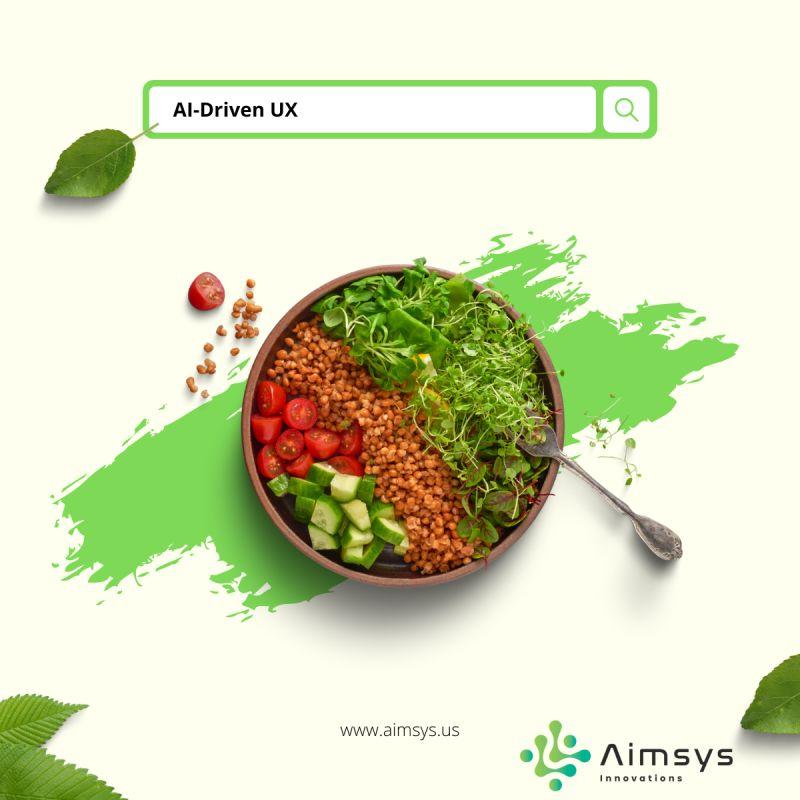Posted At: Oct 13, 2024 - 1,963 Views

AI-Driven UX: Transforming User Experience Through Machine Learning
The intersection of artificial intelligence and user experience (UX) design is revolutionizing how users interact with digital products. By leveraging machine learning (ML) algorithms, businesses can create personalized, intuitive, and highly optimized user interfaces (UIs) that adapt to individual needs and behaviors. This AI-driven approach is not just enhancing usability but is also reshaping the future of design.
What is AI-Driven UX?
AI-driven UX refers to the integration of artificial intelligence technologies, particularly machine learning, into the design and functionality of user interfaces. Unlike traditional UX design, which relies on predefined rules and static designs, AI-driven UX dynamically adjusts to user preferences and behaviors in real time. It uses data to predict needs, personalize experiences, and optimize interactions, resulting in a more seamless and engaging user journey.
How AI and Machine Learning Enhance UX
Personalization at Scale:
Machine learning algorithms analyze user data—such as browsing history, preferences, and behavior patterns—to deliver highly personalized experiences.
For example, streaming platforms like Netflix or Spotify use AI to recommend content tailored to individual tastes.
Predictive Analytics:
AI predicts what users might need or want next based on historical data. This anticipatory design reduces friction and enhances efficiency.
E-commerce platforms often use predictive analytics to suggest products or services that align with a user's interests.
Dynamic Interfaces:
AI enables adaptive UIs that change based on user behavior or context. For instance, a navigation app can adjust its interface for day or night modes automatically.
Dynamic interfaces ensure that users always see the most relevant information in the most accessible format.
Improved Accessibility:
AI-powered tools enhance accessibility by providing features like voice recognition, text-to-speech, or real-time translations.
These features make digital products more inclusive for users with disabilities or those who speak different languages.
Enhanced User Testing:
Machine learning can analyze vast amounts of user feedback and interaction data to identify pain points in the design.
This enables designers to make data-driven improvements faster than traditional testing methods.
Chatbots and Virtual Assistants:
AI-driven conversational interfaces provide instant support through chatbots or voice assistants like Siri or Alexa.
These tools enhance customer service by offering quick resolutions and 24/7 availability.
AI-driven UX is transforming how we interact with digital products by making them smarter, more intuitive, and highly personalized. How can your organization leverage AI-driven UX to deliver transformative experiences for your users?
https://www.linkedin.com/posts/aimsysinnovations_uxdesign-userexperience-uiux-activity-7292194083765161986-Mdxd?utm_source=social_share_send&utm_medium=member_desktop_web&rcm=ACoAAAwO3jIB2whN9y5UDXN61uI5uGHcec42wHM
